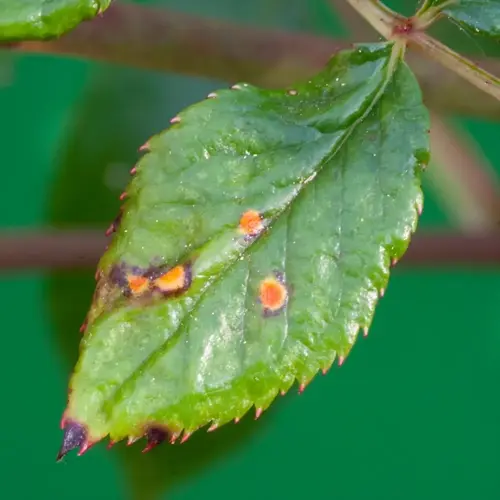Do snake plants like crowded pots?

Written by
Kiana Okafor
Reviewed by
Prof. Samuel Fitzgerald, Ph.D.Snake plants tolerate moderate crowding more than almost all other houseplants, but if basically root-bound, they can suffer greatly. The snake plant has rhizomatous roots that spread horizontally and need space to produce new shoots. I have seen overcrowded plants that entirely stopped producing pups until after they were repotted.
Growth Limitations
- Restricted nutrient uptake causing yellow leaves
- Reduced water absorption leading to drought stress
- Stunted leaf development and smaller new growth
- Complete halt in pup production over time
Physical Damage Risks
- Root pressure cracking ceramic or plastic pots
- Deformed container shapes from internal pressure
- Compacted soil losing all aeration properties
- Increased susceptibility to root diseases
Adequate spacing advantages include a relatively equal access to nutrients and space for the development of new pups. Once repotted, plant vigor is visibly displayed within weeks. I generally measure root clearance every month during growing periods, in anticipation of the need to repot.
Identify critical overcrowding when roots occupy over 90% of the space of the soil. Above a certain level, this will cause water to flow rapidly through or even pool on top of the soil. Severely root-bound plants should be repotted as soon as possible, regardless of the time of year.
Preserve ideal density by leaving 1-2 inches between roots and pot walls. Use shallow, wide containers that follow their growth habit. Personally, I avoid deep pots that retain moisture beneath the root zone.
Read the full article: Repotting Snake Plants: Essential Guide

